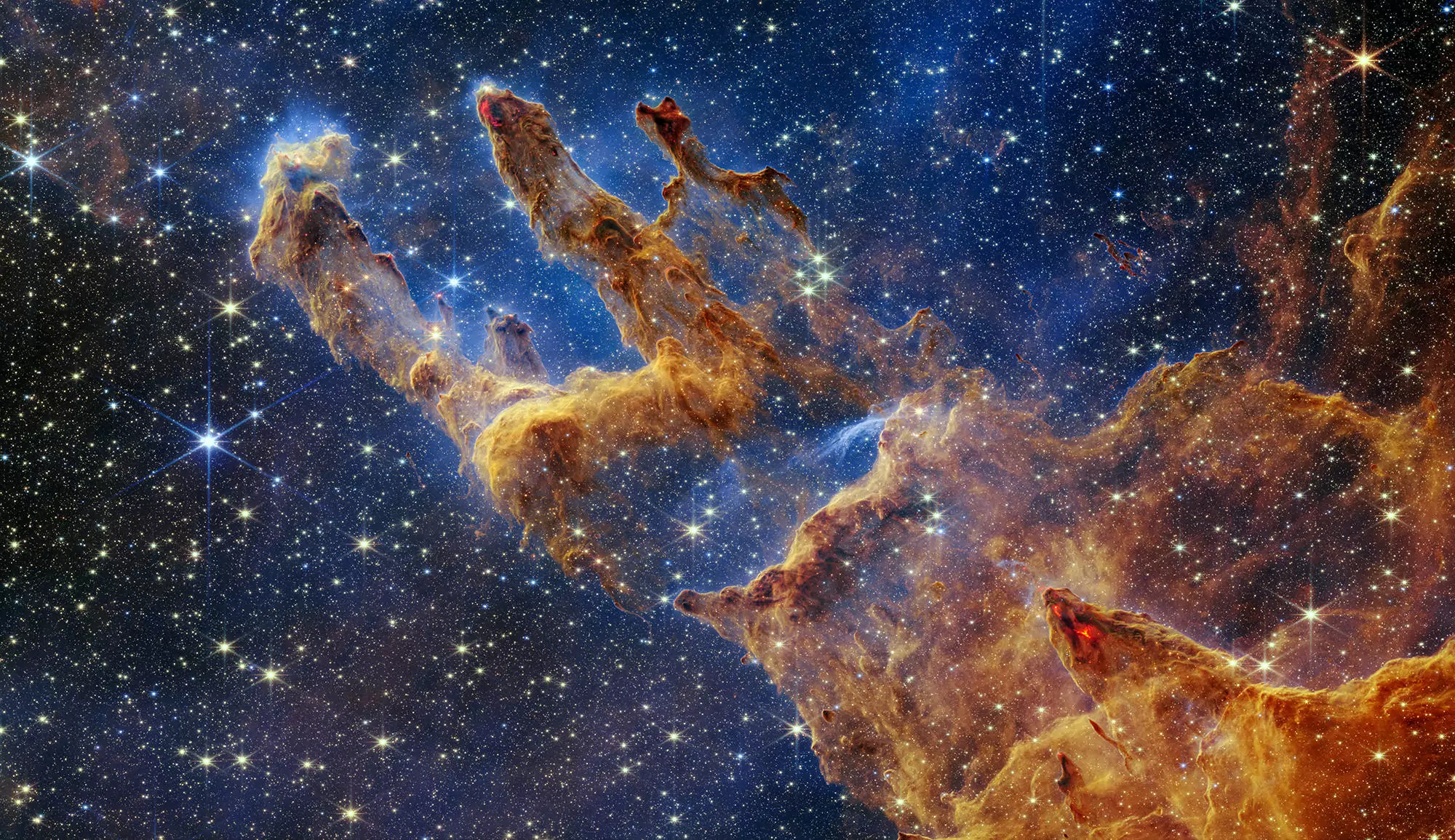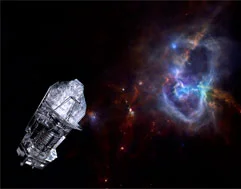It will detect cosmic rays and neutrinos of high energy (E>5x1019 eV) by looking at the streak of fluorescence light produced when the particles interact with the Earth’s atmosphere. EUSO has just received the combined approval of the SPC (Science Programme Committee) and the PB-MS (Program Board- Manned Spaceflight) of ESA for the "PHASE A" study to be completed within June 2002. EUSO will be accommodated onboard the International Space Station ISS, with a goal for a three year flight starting in mid 2007. EUSO is a collaboration effort of research groups from Europe, Japan and U.S.A, chaired by Livio Scarsi from IFCAI, Istituto de Fisica Cosmica & Informatica of Palermo University and CNR. The meeting for the preparation report to the Phase A study took place in December 2000 in the framework of the Chalonge School. In France, participants and proposers of EUSO are the Observatoire de Paris, University of Paris VI and VII, CEA, Collège de France, and LAPP-Annecy. More Detailed Issues 1020 eV can be considered as the "Particle channel complementing the Electromagnetic" channel, specific of conventional Astronomy. EECRs present us with the challenge of understanding their origin in connection with Fundamental Physics, Cosmology and Astrophysics. The main characteristics of this radiation are : the change in the spectral index at the "Ankle" (Â » 5 x 1018 eV). This could correspond to : either a change in the production mechanism in the original sources ; either a change in the primary elemental composition connected with a different confinement region ; or a change in the interaction process in the first collision inducing the extensive showers in the atmosphere. 1020 eV. From the Astroparticle Physics point of view, the EECRs have energies only a few decades below the Grand Unification Energy (1024 -1025 eV), although still rather far from the Planck Mass of 1028 eV. What is the Maximum Cosmic Ray Energy, if there is any limit ? Two general prodution mechanisms have been proposed for the Extreme Energy Cosmic Radiation (EECR) : "bottom-up", with acceleration in rapidly evolving processes such as the Gamma Ray Bursts (GRBs). The observation of "direction of arrival and time coincidences between the optical-radio transient and Extreme Energy Neutrinos could provide a crucial identification of the EECR sources, together with a unique test of the Relativity Principle. "top-down" processes with the cascading of ultrahigh energy particles from the decay of Topological Defects (TD) ; these are predicted to be the fossil remnants of the Grand Unification phase.They are cosmic strings, monopoles, walls, necklaces and textures. Inside a topological defect the vestiges of the early Universe may be preserved to the present day. Topogical defects are expected to produce very heavy particles (X-particles) that decay with production of ultrahigh-energy particles. Relics of an early inflationary phase in the history of the Universe can also lead to the production of extreme energy (EE) particles. These particles may survive to the present as a part of dark matter. Their decays can give origin to the highest-energy cosmic rays either by emission of hadrons and photons or through production of EE neutrinos. Observations of these neutrinos may teach us about the dark matter of the Universe as well as its inflationary history.

Extreme Universe Space Observatory Approved by ESA in March 2001 for Phase A Study

Extreme Universe Space Observatory Approved by ESA in March 2001 for Phase A Study EUSO or Extreme Universe Space Observatory is a space mission onboard the future Manned Space Station to explore the domain of the highest energy processes occurring in the Universe and its accessible boundaries.